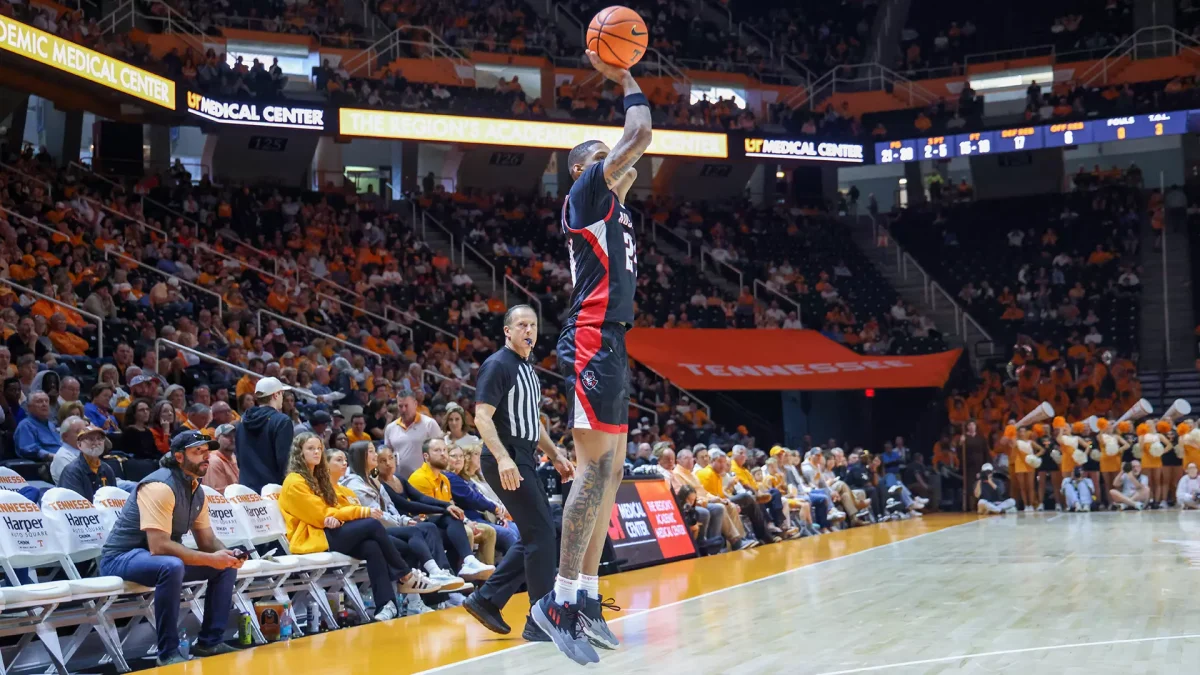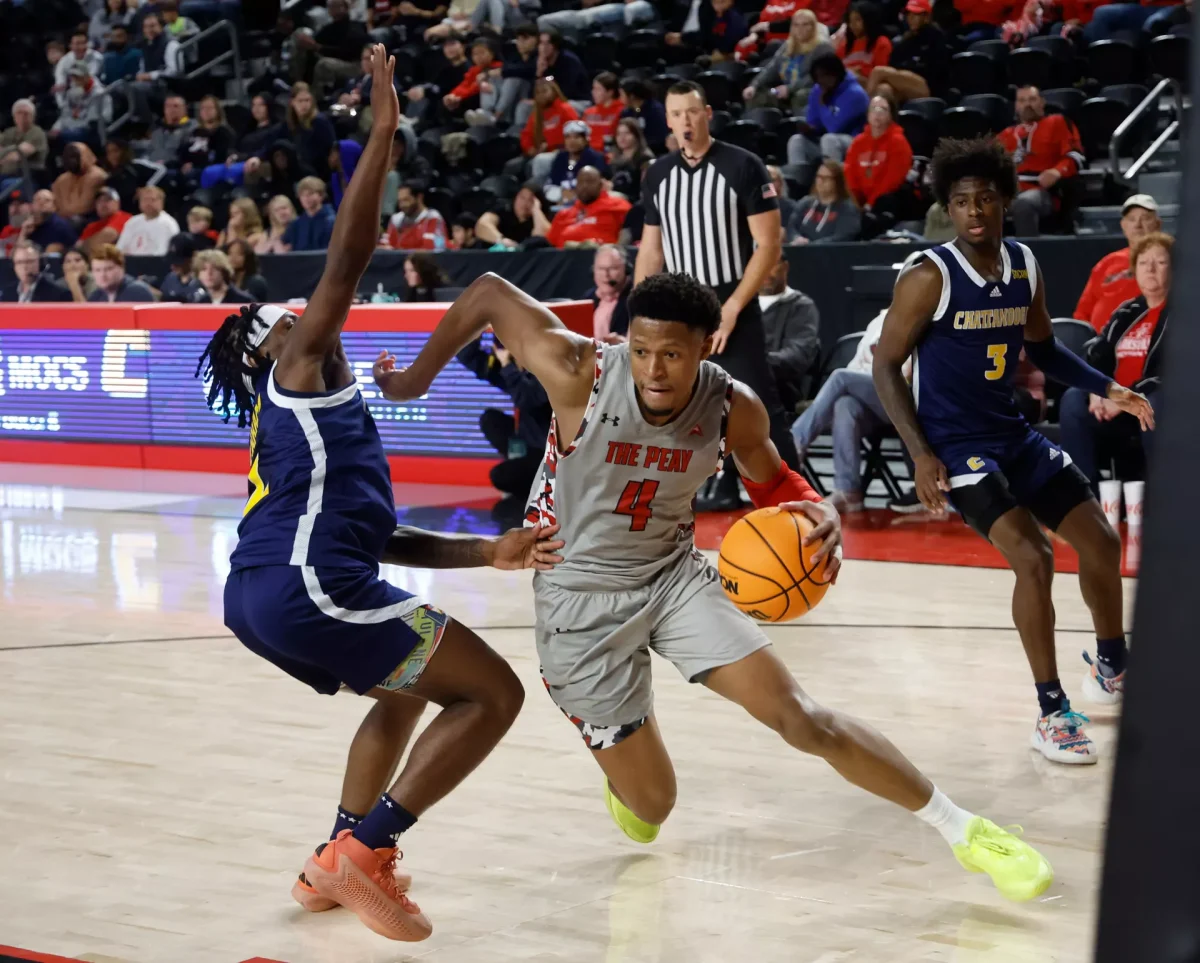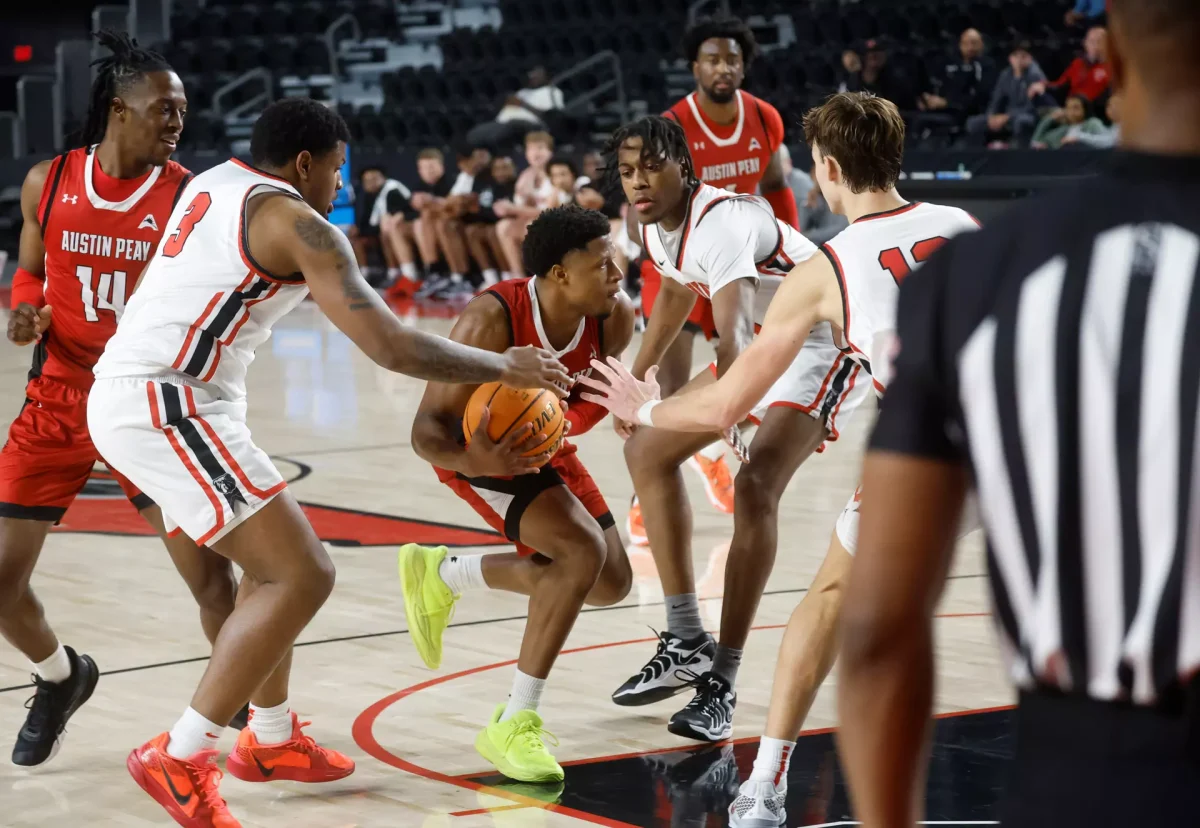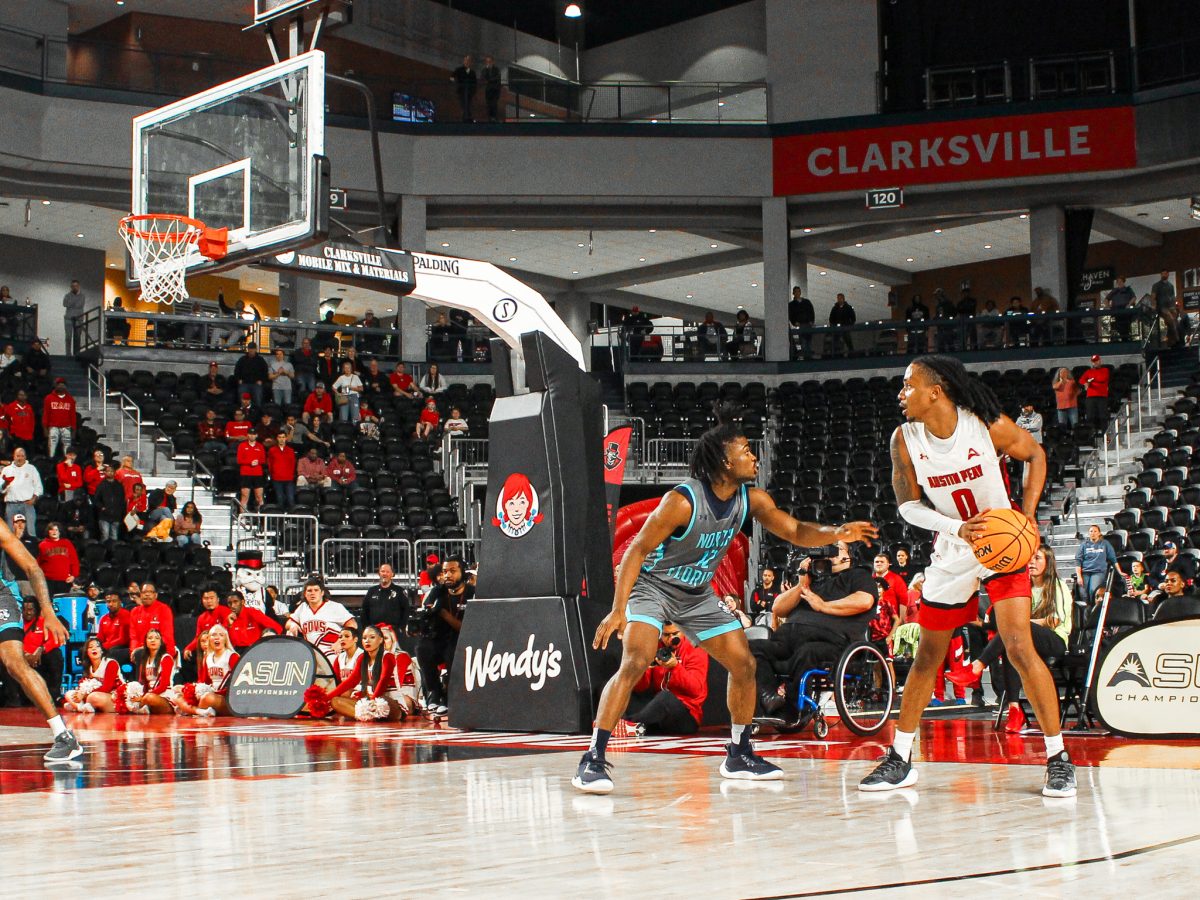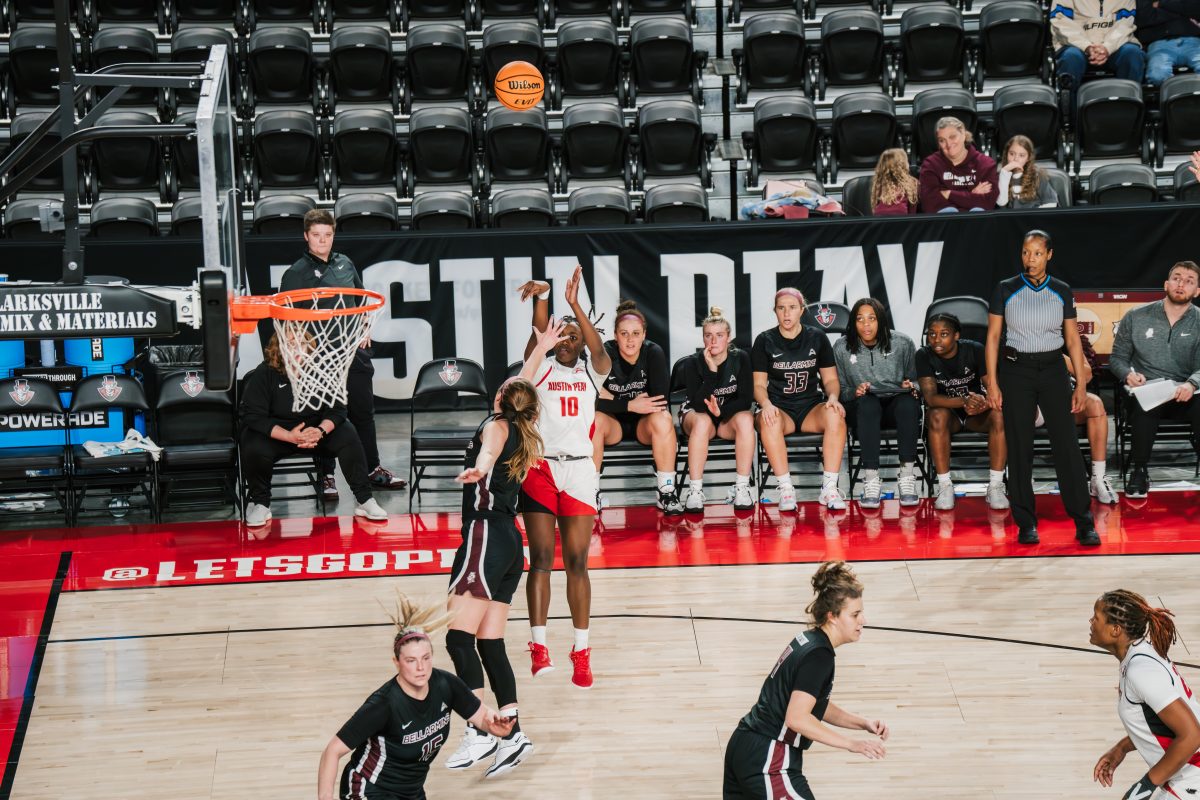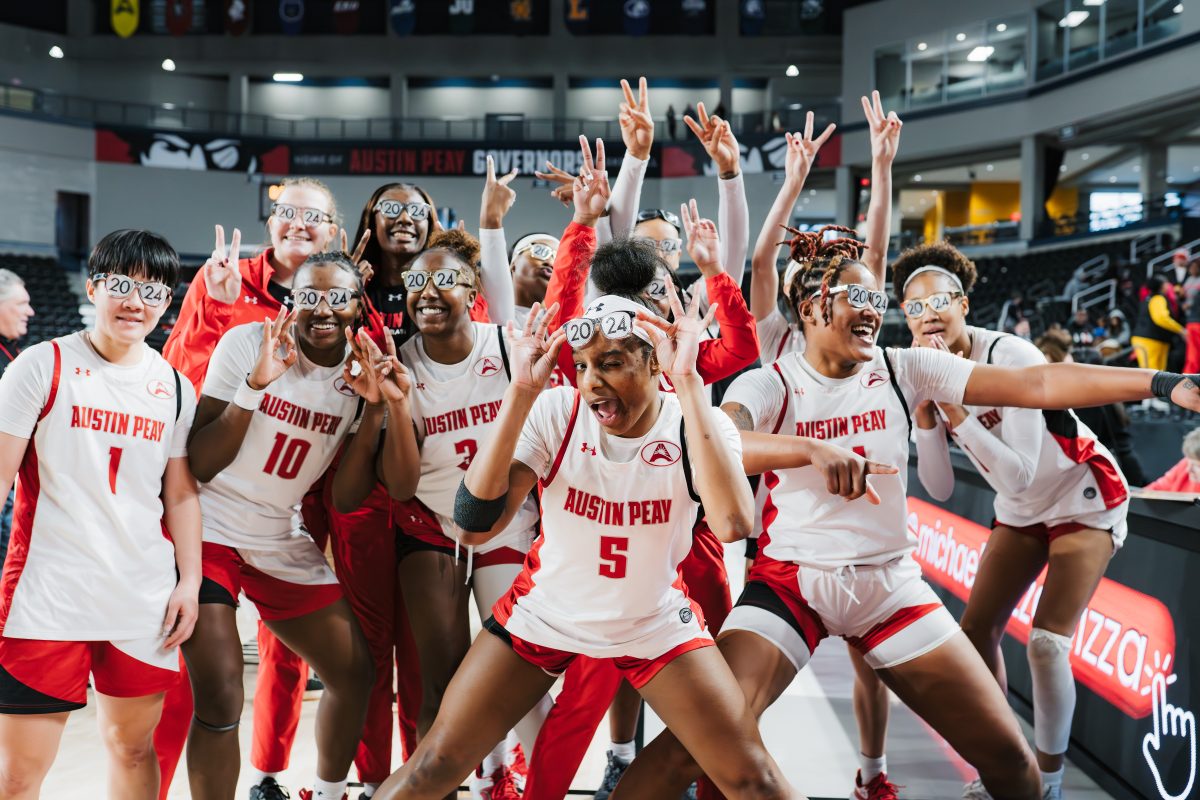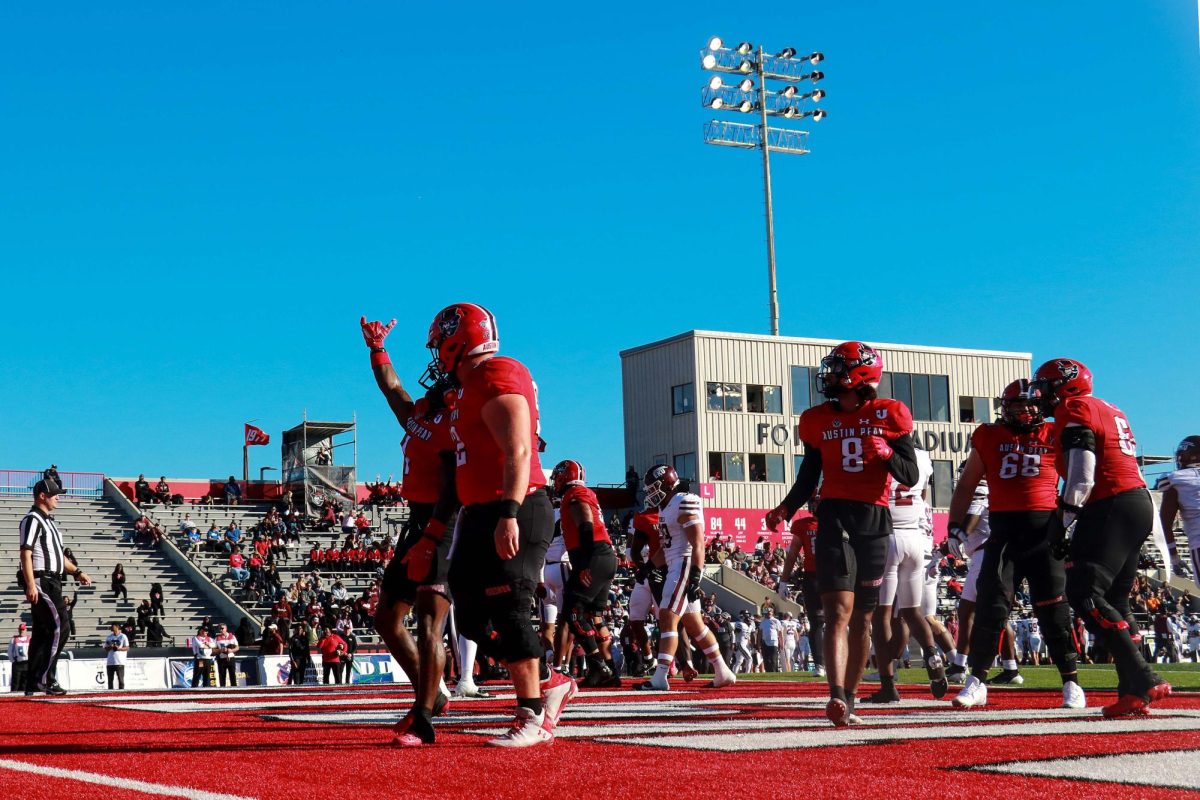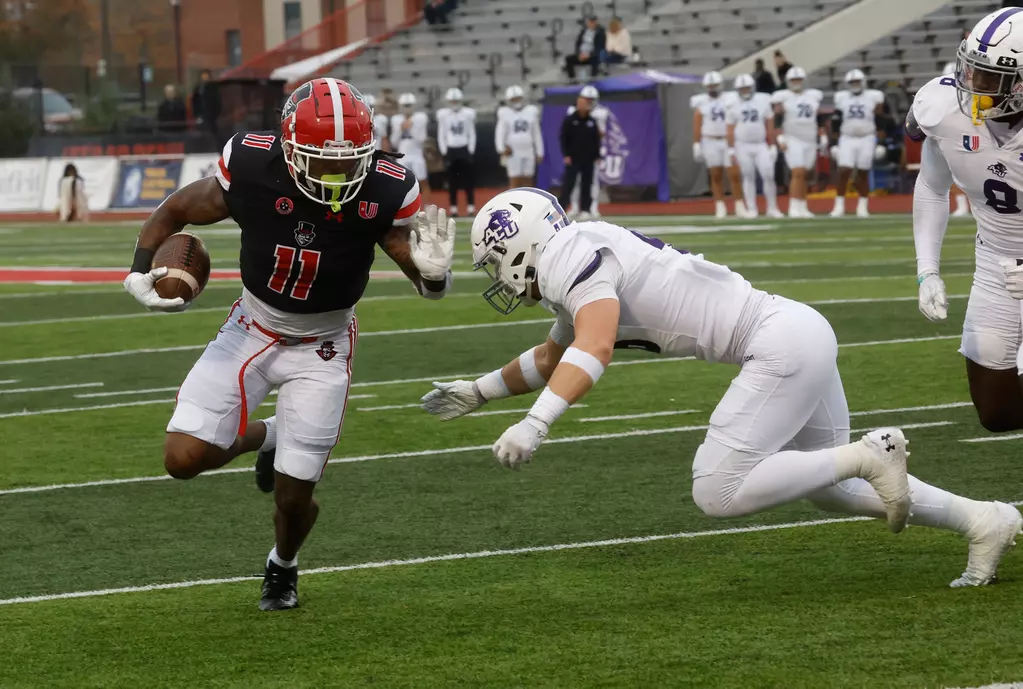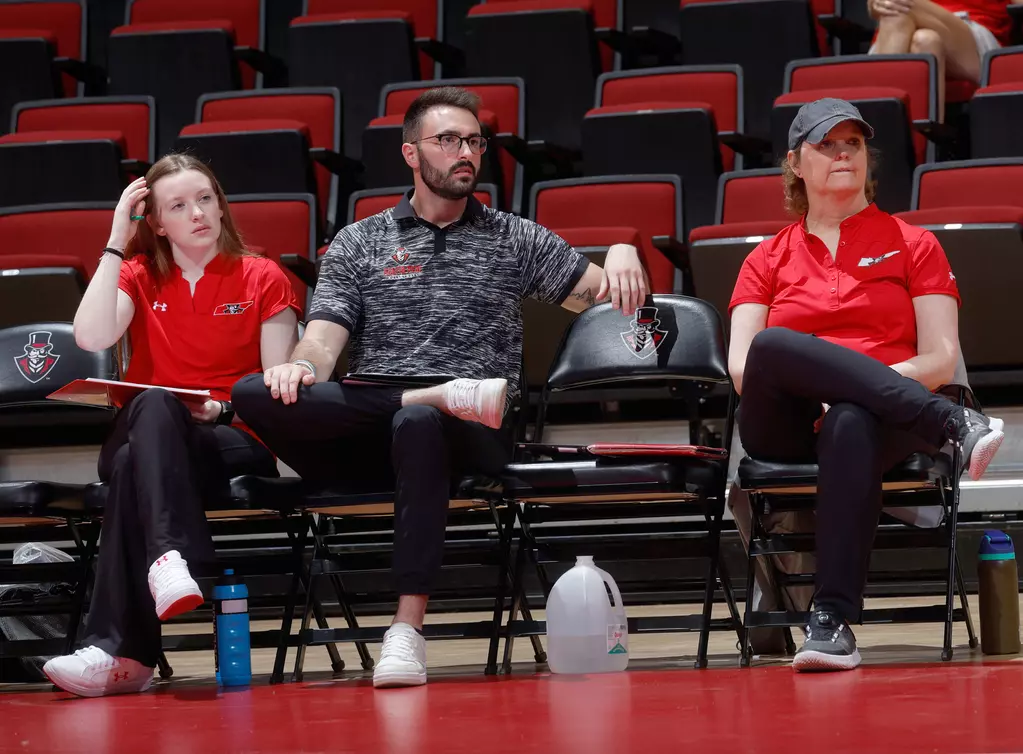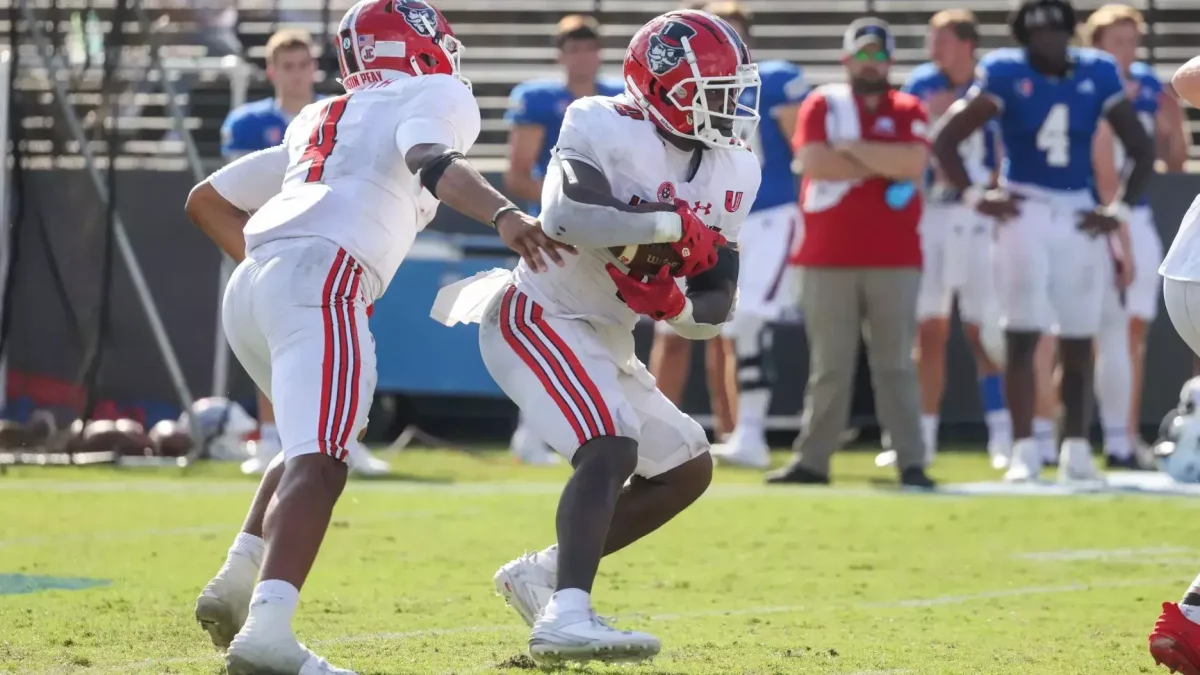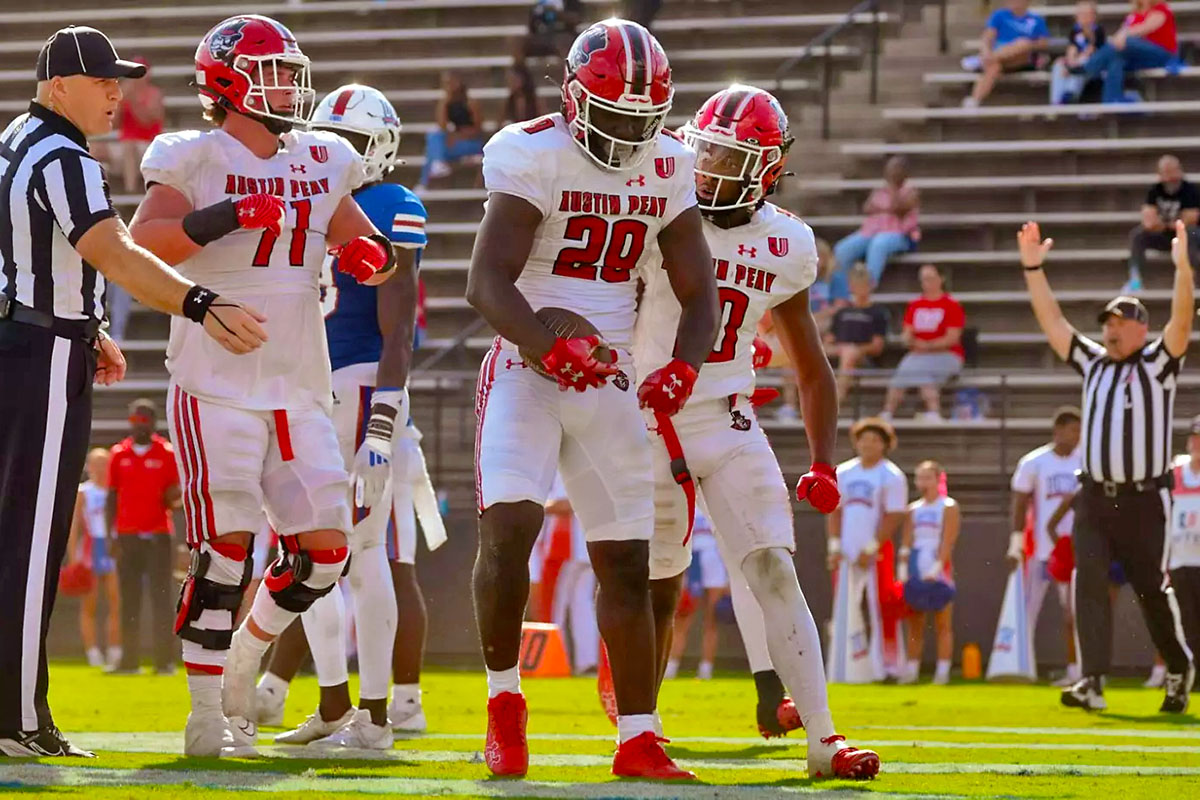Of all the sports championships at the college and professional levels, the NCAA Men’s Basketball Tournament is the most unpredictable. That’s the beauty of “March Madness.”
Sixty-four teams began their quest to the Final Four in the 2013 NCAA Men’s Basketball Tournament on Thursday, March 21. As of Tuesday, April 2, four teams remain to prepare for the Final Four in Atlanta, Ga., from Saturday, April 6, through Monday, April 8.
The remaining teams include a number-one seed, the Louisville Cardinals; two number-four seeds, the Michigan Wolverines and the Syracuse Orange; and a number nine-seed, the Wichita State Shockers.
Many fans likely have Louisville, the overall number-one seed, in their Final Four bracket.
But if you picked any of the other three teams before the start of the tournament, some people would question whether you even watch basketball.
The only team I picked that actually made it to the Final Four was Louisville.
My other picks to make the Final Four—Georgetown, Ohio State and Indiana (whom I picked to win the National Championship)—have already been eliminated.
Even though I have only one team in the Final Four, I still have a better-looking bracket than any of my three roommates.
But like every other year, the NCAA Men’s Basketball Tournament presents plenty of shocking scenarios by the time we reach the Final Four. And that’s why plenty of people refer to this time of the year as “March Madness,” because anything and everything you can imagine could happen by the end of the tournament.
Take, for example, Florida Gulf Coast. Positioned as a 15-seed in the tournament, virtually everyone figured number-two Georgetown would easily defeat FGCU.
But the Eagles of FGCU shocked the world on Friday, March 22, when they defeated number-two seed Georgetown, busting everyone’s brackets—including mine—in the process; I had Georgetown reaching the Final Four.
Florida Gulf Coast’s “Cinderella” run ended on Friday, March 29, when they lost to Southeastern Conference powerhouse, Florida, 62-50. But still, FGCU reached the “Sweet 16,” which is further than almost everyone predicted the Atlantic Sun Conference team would go.
Another prime example is the 14-seeded Harvard Crimson’s defeat of the number-three seed, New Mexico Lobos.
Each of my three roommates, relying on statistics and sports analysts’ quotes from ESPN, predicted that New Mexico would reach the Final Four.
This seemed like a safe pick as no one expected Harvard, an Ivy League school, to defeat a team that entered the tournament with a record of 29-5.
But on Thursday, March 21, the Crimson pulled off the seemingly impossible and defeated the Lobos, creating madness amongst sports fans and bracketologists all around the country.
After the first round of games, USA Today reported that no brackets remained perfect from the multitude of fans that submitted brackets on ESPN.COM and YahooSports.com. This is a perfect example of how unpredictable the tournament is; any team on any given day can win—or lose.
Personally, I love Major League Baseball more than any other sport as I root for the Atlanta Braves. But sports like baseball have become somewhat predictable thanks to the prevalence of advanced statistical analysis.
When teams enter the NCAA Tournament, statistics and records go out the door; it’s all about who has the hot hand or which teams have the determination to shock everyone. “March Madness” will always be the most exciting of all sports championships to follow because of its unpredictability.
It has been that way for decades past and will be for decades to come.


